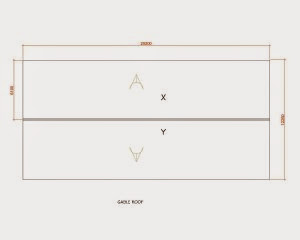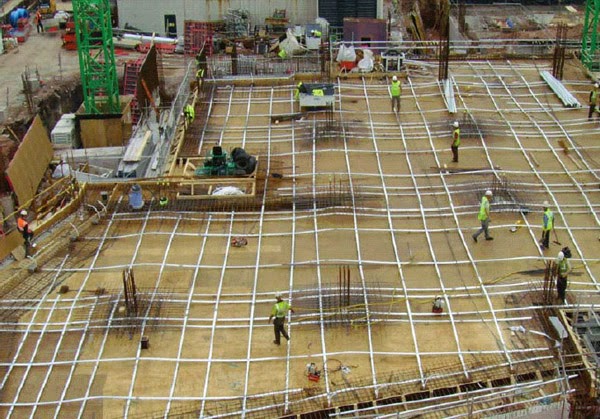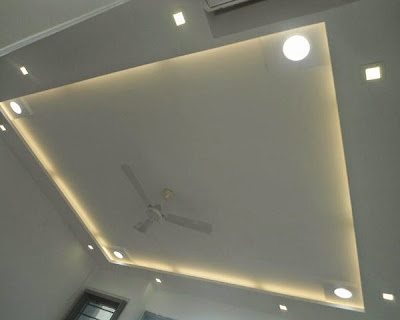Causes For Defects In Concrete Structures
i) Structural deficiency resulting from errors in design, loading criteria, unexpected overloading, etc.
ii) Structural deficiency due to construction defects.
iii) Damage due to fire, floods, earthquakes, cyclones etc.
iv) Damage due to chemical attack.
v) Damage due to marine environments.
vi) Damage due to abrasion of granular materials.
vii) Movement of concrete due to physical characteristics.
Structural Deficiency due to Design and Detailing
In such case, the design is required to be reviewed in detail and remedial measures worked out by the design team. Once this is done the methods of carrying out the remedial measures will be similar to those arising out of other defects.
Structural Deficiency due to Construction Defects
Defective construction methods form the largest segment of source of distress to the beams. Such defects can be broadly subdivided as follows:
i) Defects due to the quality of raw materials.
ii) Non adoption of designed concrete mix.
iii) Use of defective construction plant for producing, transporting, and placing the concrete.
iv) Defective workmanship.
v) Inadequate quality detailing.
It is very necessary to choose the right type of cement for the concrete going into the structure under consideration. Ordinary Portland cement is the most common of all cements. Provided the quality of cement conforms to the relevant standard specifications, at the time of use, normally no problem is encountered in respect of ordinary Portland cement. Where the concrete is exposed to aggressive environment, it may be necessary to use special cements, such as, sulphate resistant Portland cement, blast furnace slag cement, low C3A cement.
The quality of aggregates, particularly in respect of alkali-aggregate reaction, needs to be taken into account, fortunately cases of defects / failures attributed to alkali aggregate reaction in India are very rare.
The use of water containing salt for making concrete can also contribute to deterioration of the concrete.
The design of concrete mix can be satisfactorily carried out using a wide variety of aggregates. A reasonable continuity of grading of aggregates should be ensured.
Excessive use of water in the concrete mix is the largest single source of weakness.
The accuracy of weighing the various components is very much dependent on the quality of the weigh batching system, available. Spring loaded dials of the weigh batchers contribute toward$ excessive variability in the quality of weigh-batched concrete in India.
Other contributory factors that add to bad workmanship include segregation, improper placement, inadequate or excessive vibration leakage of mortar through shuttering joints, inadequate concrete cover, in sufficient curing etc.
Proper detailing of reinforcement, including adequate cover is essential to ensure successful placement of concrete. Bad detailing results in congestion of reinforcement to such an extent that concrete just cannot be placed and compacted properly, even if the concrete is workable. Detailing of reinforcement should be based on a proper appreciation of how the concrete placement and compaction is going to be carried out.
Other factors leading to poor design detailings are the following:
a) Re-entrant comers.
b) Abrupt changes in section.
c) Inadequate joint detailing.
d) Deflection limits.
e) Poorly detailed drips and scuppers.
f) Inadequate or improper drainage.
g) Poor detailing of expansion joints.




Comments
Post a Comment